
Plans for schools, colleges and early years settings across England to potentially open to more children and young people have been set out today.
As the Prime Minister announced yesterday, by 1 June at the earliest primary schools in England may be able to welcome back children in key transition years – nursery, Reception, Year 1 and Year 6.
Secondary schools, sixth forms and colleges will also work towards the possibility of providing some face-to-face contact with young people in Year 10 and Year 12 to help them prepare for exams next year.
However, as the PM has said, progress will be monitored every day. If the virus stays on the downward slope, and the R remains below 1, then – and only then – will it become safe to go further, move to the second step and reopen schools.
Early years settings may also be able to open for all children. The aim is for other primary years to return later in June, but this will be kept under review, and there are currently no plans to reopen secondary schools for other year groups before the summer holidays.
Priority groups, including vulnerable children and children of critical workers who have been eligible to attend throughout school closures, will continue to be able to attend schools, colleges and early years settings as they are currently.
The transmission rate has decreased, and the aim is that by 1 June at the earliest it will be safe for a greater number of children and young people to return to education and childcare.
As a result, the Government is asking schools and childcare providers to plan on this basis, ahead of confirmation of the scientific advice.
This will only happen when the five key tests set by Government justify the changes at the time, including the rate of infection decreasing and the enabling programmes set out in the Roadmap operating effectively.
Guidance to the sector, published today (Monday 11 May), sets out a range of protective measures to ensure education settings remain safe places, including:
- reducing the size of classes and keeping children in small groups without mixing with others
- staggered break and lunch times, as well as drop offs and pick ups
- increasing the frequency of cleaning, reducing the used of shared items and utilising outdoor space
Preparation for the potential reopening of schools will be part of the second phase of modifications to social distancing measures which the Prime Minister set out yesterday – following more people returning to work in step one, and coming alongside the possible reopening of some non-essential retail in phase two.
The Government will continue to work closely with the sector in the build up to and following pupils’ return.
Education Secretary Gavin Williamson said:
“I know how hard schools, colleges, early years settings and parents are working to make sure children and young people can continue to learn at home, and I cannot thank them enough for that.
“But nothing can replace being in the classroom, which is why I want to get children back to school as soon as it is safe to do so. The latest scientific advice indicates it will be safe for more children to return to school from 1 June, but we will continue to limit the overall numbers in school and introduce protective measures to prevent transmission.
“This marks the first step towards having all young people back where they belong – in nurseries, schools and colleges – but we will continue to be led by the scientific evidence and will only take further steps when the time is right.”
Whilst there will be no penalty for families who do not send their children to school, families will be strongly encouraged to take up these places - unless the child or a family member is shielding or the child is particularly vulnerable due to an underlying condition.
The Scientific Advisory Group for Emergencies advising the Government has a high degree of confidence that the severity of the disease in children is lower than in adults and a moderately high degree of confidence that children aged up to 11 are less susceptible to it.
All staff are already eligible for testing, and staff in shielding and high-risk groups should remain at home.
From 1 June, all children and young people eligible to return to their settings will have access to testing, if they display symptoms, as will any symptomatic member(s) of their household.
This will enable children and staff to get back to school if they test negative, and if they test positive a test and trace approach can be taken. Where a setting has a positive case, Public Health England will advise on the appropriate course of action, and the relevant group of people with whom the individual has mixed closely, should be sent home and advised to self-isolate for 14 days.
- Primary year groups have been prioritised because they are key transition years – children in Reception and Year 1 are at the very beginning of their school career, learning to socialise with their peers and mastering the essential basics, such as counting, reading and writing.
- Year 6 pupils are preparing for the transition to secondary school and will benefit immensely from time with their teachers to ensure they are ready.
- We encourage middle schools to do the same and welcome back children in year 6, to ensure national parity for children in this year group.
- It will also be vitally important for schools and colleges to provide support to pupils in Year 10 and Year 12, ahead of GCSEs and A levels next year.
- Because early childhood is the most significant time for cognitive, social and emotional development, early years settings will be able to reopen to all pre-school children from 1 June. Childminders will also be allowed to look after children of any age, in line with their current Ofsted registration from 1 June.
- We are asking alternative provision settings to welcome back, from 1 June, all children in Reception, year 1 and year 6 and to offer some face-to-face contact for students in year 10 and year 11, as they are approaching key transition points. Children of critical workers and vulnerable children across all year groups remain eligible to attend.
- We are also asking special schools, special post-16 institutions and hospital schools to work towards a phased return of more children and young people without a focus on specific year groups. Settings should work with local authorities and families to continually review risk assessments and to ensure that as many children as can be safely catered for are able to attend their setting.
- Guidance for schools will be published shortly, alongside further information on protective measures, and a Q&A for parents. The Department for Education will publish a framework and toolkit over the coming days to support schools as they plan for pupils and young people to return.
- The Government will continue to provide all settings with the guidance and support they need to prepare over the coming weeks, and work closely with the sector to do so.
- Other secondary school aged pupils and college students should continue to learn at home, with schools and colleges continuing to deliver their own remote education while making use of other high-quality resources, such as Oak National Academy and the BBC, where appropriate.
- The Government is also working with universities to identify guidance and best practice that will be needed to help them make informed decisions on when they can make facilities accessible again for staff and students.


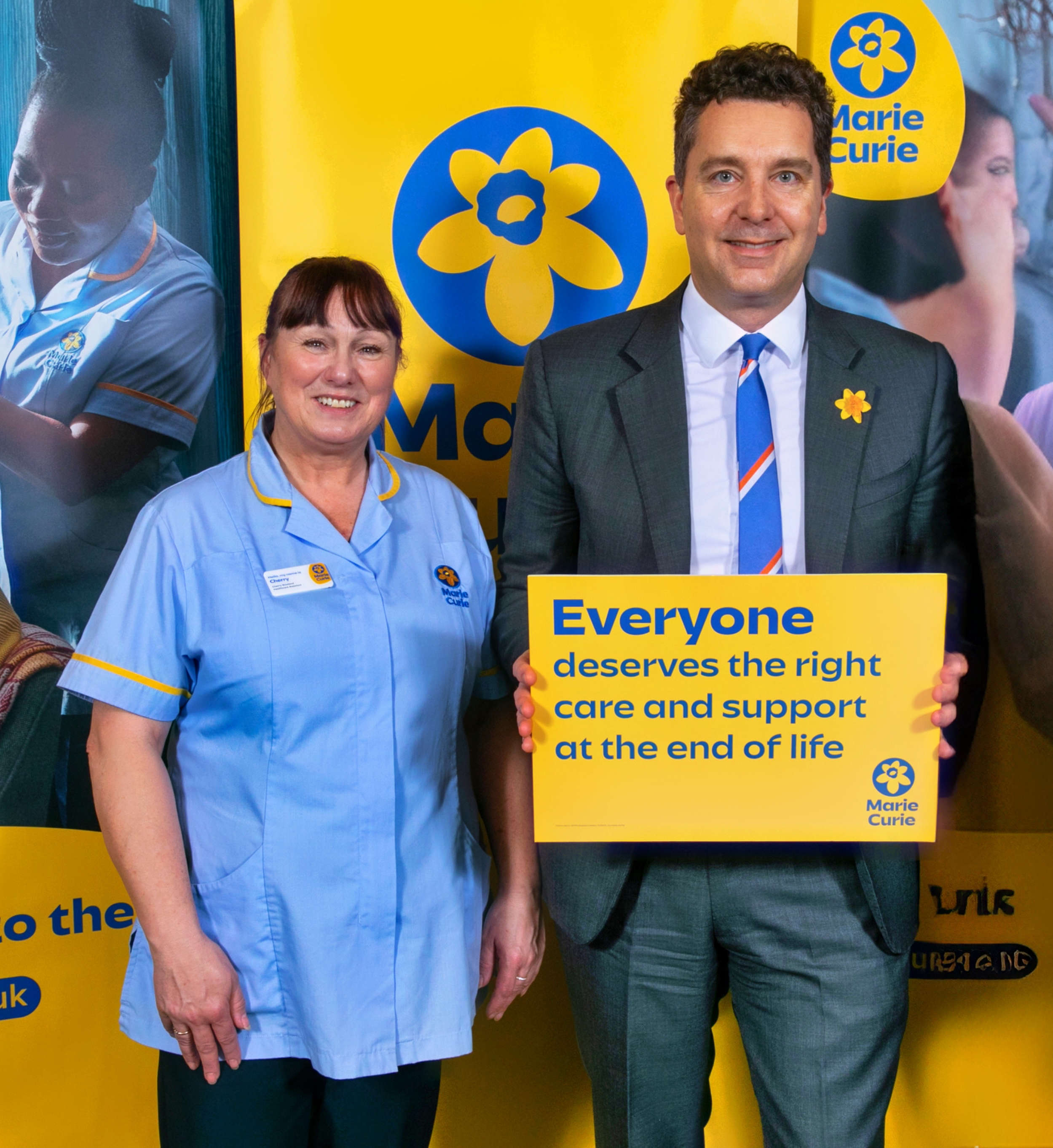 LOCAL MP CALLS FOR URGENT ACTION TO ADDRESS HOSPICE FUNDING INEQUALITY
LOCAL MP CALLS FOR URGENT ACTION TO ADDRESS HOSPICE FUNDING INEQUALITY
 Appeal for witnesses following collision in Crewe
Appeal for witnesses following collision in Crewe
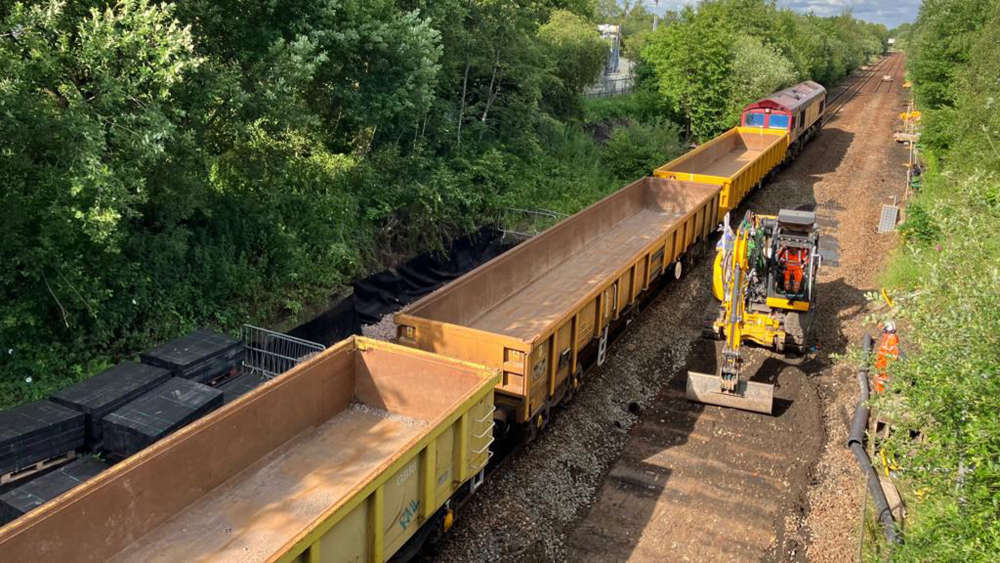 North West rail improvements planned this May Bank Holiday
North West rail improvements planned this May Bank Holiday
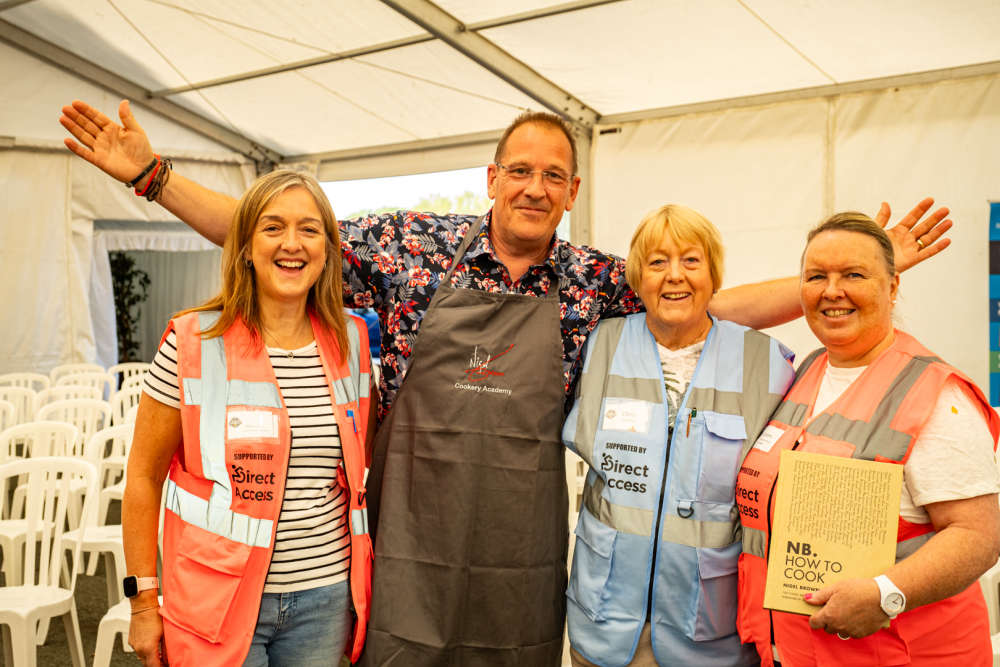 Nantwich Food Festival invites new volunteers to special event
Nantwich Food Festival invites new volunteers to special event
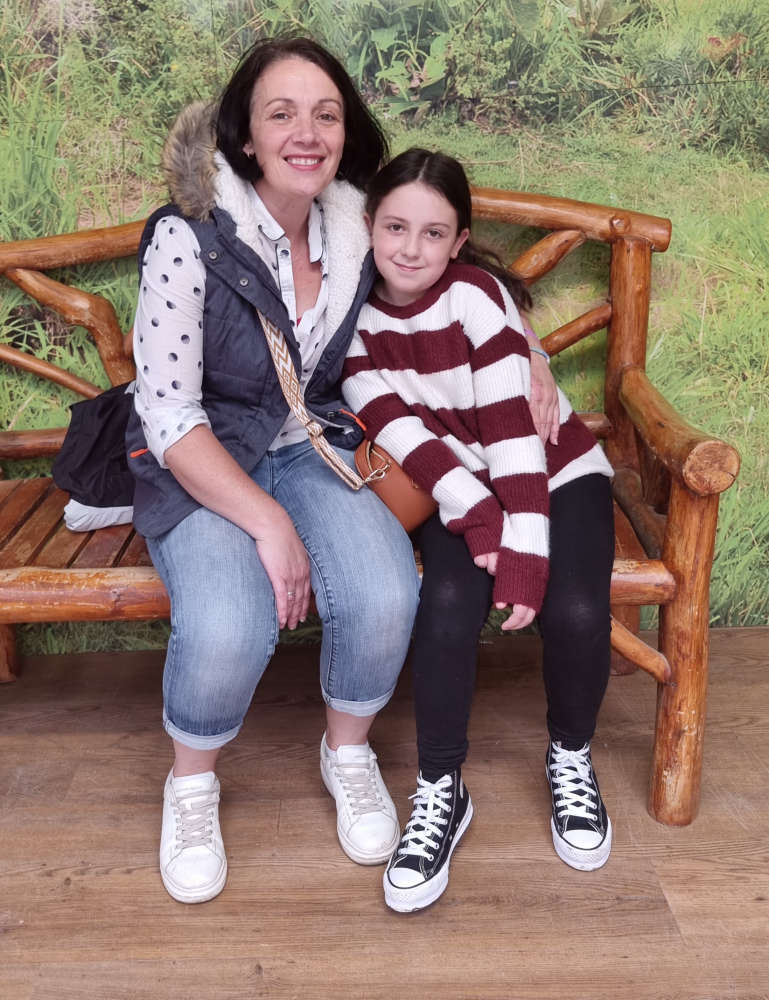 Poppy dresses like her NHS receptionist mum for hero-themed fundraiser
Poppy dresses like her NHS receptionist mum for hero-themed fundraiser
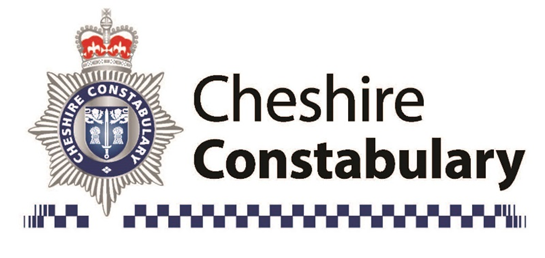 Woman charged following assault in Crewe
Woman charged following assault in Crewe
 White Ribbon Talk at Breakfast Group
White Ribbon Talk at Breakfast Group
 Prolific offender ordered to adhere to three-year Criminal Behaviour Order
Prolific offender ordered to adhere to three-year Criminal Behaviour Order
 Cheshire firefighters to deliver vital vehicles and equipment for Ukrainian firefighters
Cheshire firefighters to deliver vital vehicles and equipment for Ukrainian firefighters
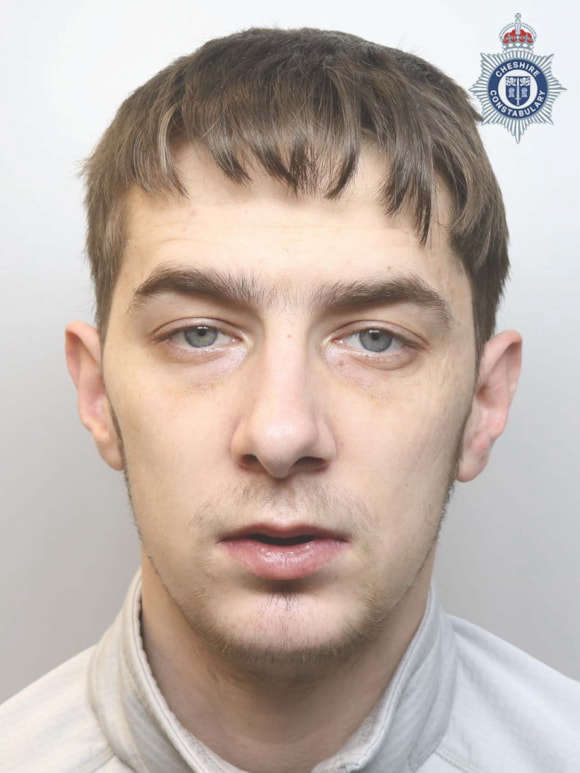 Winsford man jailed for county lines drug dealing
Winsford man jailed for county lines drug dealing
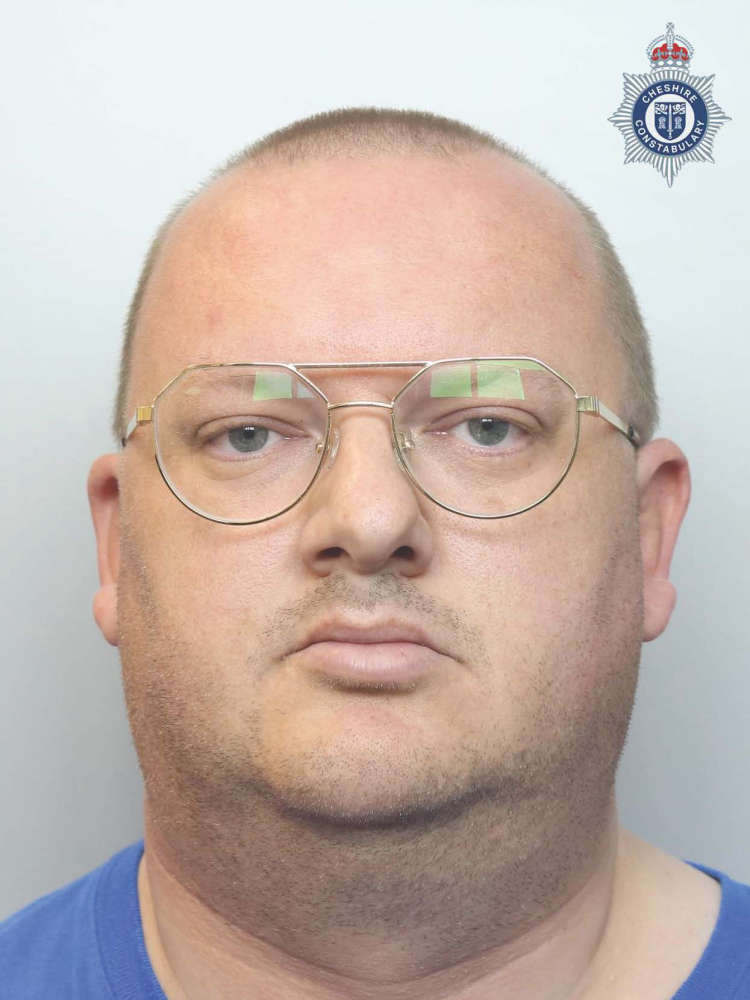 Man jailed after sharing intimate and private images of woman
Man jailed after sharing intimate and private images of woman
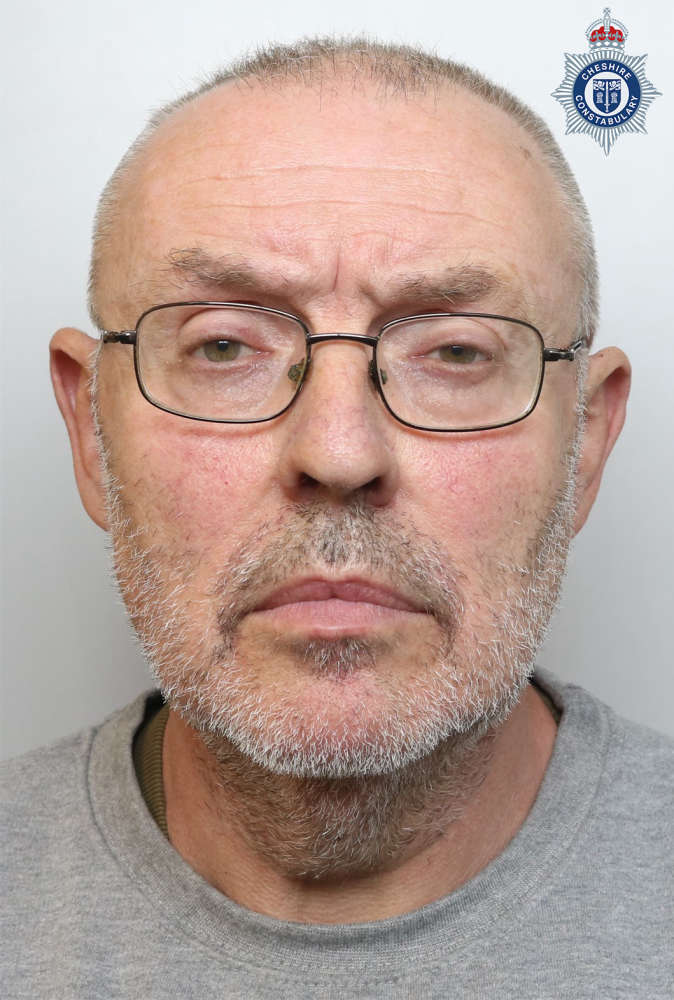 Cheshire man jailed after threatening to kill judge and prison governors
Cheshire man jailed after threatening to kill judge and prison governors
 Keep in the picture and have your say on 2nd May
Keep in the picture and have your say on 2nd May
 MP Calls On Council To Re-Think Poynton Pool Plans
MP Calls On Council To Re-Think Poynton Pool Plans

